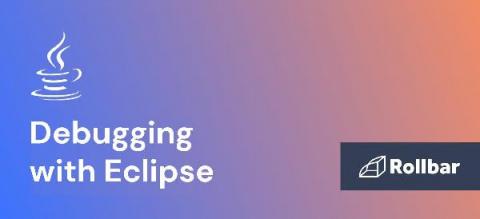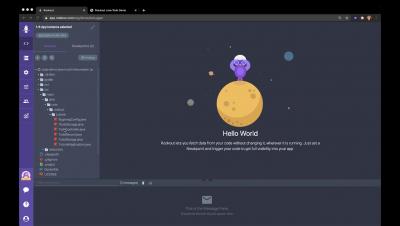How to Debug Java Code Faster with Eclipse
Debugging is the process of identifying and fixing any issues in the source code of a program. Modern IDEs like Eclipse provide debugging tools that make it easier for developers to walk through their code interactively and inspect it to spot and resolve any issues.











